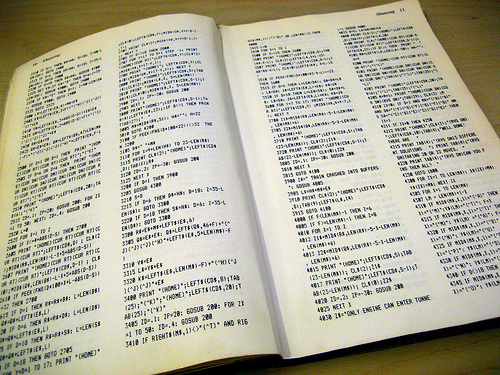As more of our scholarly and pedagogical work moves into digital space, it’s important to reinvest ourselves in the materiality of the text and the materiality of the reader/viewer. As the text and what we do with it becomes increasingly virtual, we must turn simultaneously in two directions, embracing digital modes of scholarship, while addressing ourselves even more directly to the (literal and figurative) flesh of the text. This is what Laura U. Marks, in Touch: Sensuous Theory and Multisensory Media, calls “haptic criticism” and what I’ve called “interactive criticism.” I write in “Toward an Interactive Criticism: House of Leaves as Haptic Interface”: “Interactive criticism is […] dependent upon collaboration, both between reader and text and among a cacophony of readers.” And in “The Pedagogies of Reading and Not Reading,” I describe reading as “an encounter.” In short, interactive criticism: 1) recognizes that media is haptic and that we engage even seemingly intangible media in a visceral way; 2) is an encounter with a text in which we do something to the text and the text does something to us; 3) acknowledges that looking away and theorizing that looking away is a critical gesture; 4) is always unfinished, the start to a conversation not a reservoir.
Read full post here.
